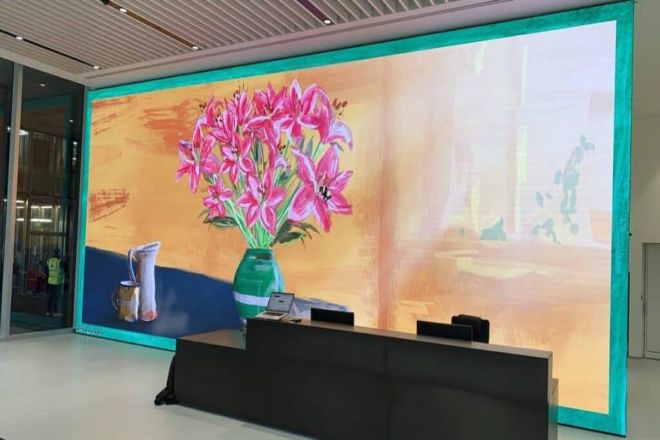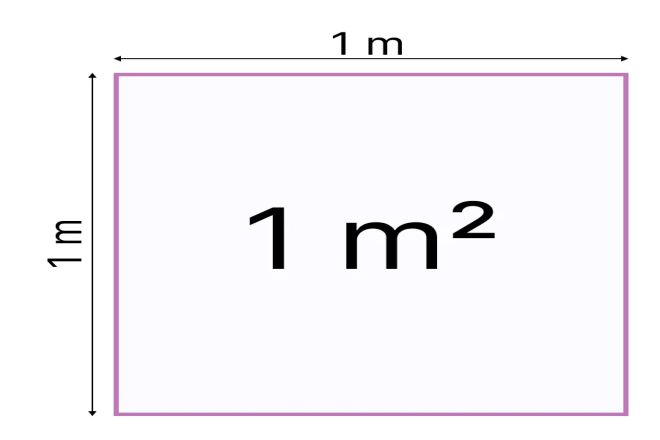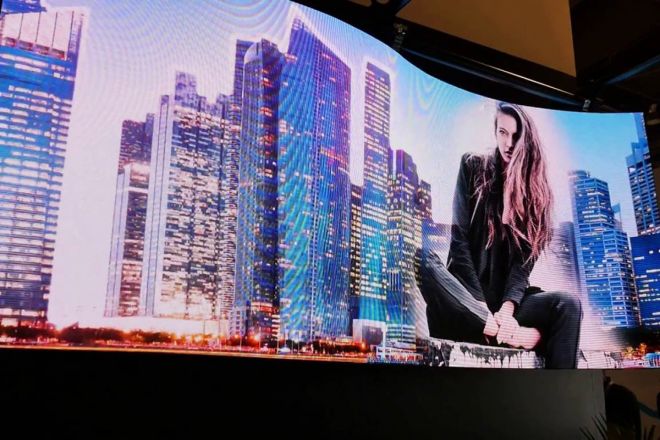序章

科学技術の急速な発展により、 LEDディスプレイ have become an indispensable part of modern society.
Whether in commercial advertising, outdoor publicity, sports events, or stage performances, LED displays are widely used for their advantages, such as high-definition picture quality, high brightness, and long life. However, when choosing an LED display, size is often a key determining factor.
1. Analysis of the inch size of LED displays
inch, as a unit of length, originated in the United Kingdom. Its English name is “feet,” abbreviated as in. In the metric system, 1 inch is equal to 2.54 centimeters. This unit of length is not only widely used in daily life but also has an important position in many fields, such as science and technology, industry, and architecture.
In the field of LED displays, inches are usually used to describe the diagonal length of the display. For example, the “XX-feet” LED display often means that the diagonal length of the display is XX inches. This description method is simple and intuitive, which makes it easy for users to quickly understand the size of the display.
1). Calculation and selection of size
- How to calculate size based on pixel density and resolution
Although pixel density (PPI) and resolution are related to the size of the display, they are usually not used directly to calculate the size of the display. However, the size of the display can be obtained by measuring the diagonal length of the display in centimeters and then dividing it by 2.54.
In addition, it should be noted that pixel density and resolution mainly affect the clarity and fineness of the display rather than its physical size. Therefore, when choosing an LED display, it is necessary to comprehensively consider factors such as pixel density, resolution, and size based on actual needs and budget.
2). Principles for selecting inch size in different application scenarios
- Indoor application scenarios:
Due to limited indoor space, moderate-sized LED displays such as 55inch, 65inch, etc are usually selected. These sizes of display screens can meet the needs of close viewing without taking up too much space.
- Outdoor application scenarios:
The outdoor space is relatively spacious and needs to attract the attention of distant viewers. Therefore, the size of outdoor LED displays is usually larger, such as tens of square meters or even larger. These large-size displays not only have higher resolution and wider viewing angles but also maintain clear display effects at a distance.
3). The impact of inch size on display effects
- The relationship between resolution and pixel density:
At the same size, the higher the pixel density (that is, the larger the PPI value), the higher the clarity of the display. Therefore, when choosing an LED display, it is necessary to choose the appropriate resolution and pixel density according to the viewing distance and actual needs.
- The relationship between visual experience and size:
In addition to resolution and pixel density, the size of the display will also affect the audience’s visual experience. Generally speaking, a large-size display can provide a wider field of view and a more shocking visual effect. However, if the viewing distance is too close or the space is limited, the excessive size may cause visual fatigue or discomfort.
Therefore, when choosing an LED display, it is necessary to consider the size factor comprehensively according to actual needs and the viewing environment.
2. Analysis of the square meter size of the LED display

A square meter is a unit of area, which is “square meter” in English and abbreviated as m². It originated from the International System of Units and is used to measure the area size of an object. Specifically, the area of a square with a side length of 1 meter is 1 square meter.
In the field of LED display, square meters are usually used to describe the actual display area of the display, that is, the product of the length and width of the screen. This description method is particularly suitable for large outdoor displays or occasions where the display area needs to be accurately calculated.
1). Calculation and selection of square meter size
- How to calculate square meter size based on the display area and resolution
The calculation of the square meter size of the LED display is relatively simple. You only need to know the specific values of its length and width (usually in millimeters or meters), multiply the two to get the area, and then convert the area into square meters. The resolution does not directly participate in the calculation of square meter size here, but it will affect the clarity and fineness of the displayed content.
Example: Assuming that the length of an LED display is 10 meters and the width is 5 meters, its area is 10m * 5m = 50 square meters.
2). Principles for selecting square meter size in different application scenarios
屋外看板: In order to attract the attention of distant audiences, it is usually necessary to choose a larger square meter size, such as a display screen of tens or even hundreds of square meters.
スタジアム: In order to meet the viewing needs of a large number of audiences, the LED display screen in the stadium also needs to have a larger square meter size to ensure that every audience can clearly see the game screen.
Exhibitions and conference centers: On these occasions, according to the content and scale of the exhibition or conference, an LED display screen of appropriate size can be selected to display relevant information or videos.
3). The impact of square meter size on display effect
- The relationship between the display area and viewing distance
The size of the display area directly affects the audience’s viewing experience. Generally speaking, the closer the viewing distance, the smaller the required display area; the farther the viewing distance, the larger the required display area. Therefore, when choosing the square meter size of the LED display, it is necessary to fully consider the viewing distance and actual needs of the audience.
- Relationship between visual impact and size
A larger square meter size can bring a stronger visual impact, making it easier for the audience to be attracted and impressed. However, too large a size may also cause viewing fatigue or discomfort, so it is necessary to pay attention to controlling the size and viewing distance of the display while ensuring visual impact.
3. Comparison and conversion between inch and square meters
1). The correspondence between inch and square meters
feet and square meters are two different sizes that are used to describe the diagonal length and actual display area of the LED display. Although they describe different properties of the same display, there is a certain correspondence between the two.
- Example and case analysis:
Suppose we have an LED display with a diagonal length of 100inch. In order to estimate its approximate square meter size, we can convert its diagonal length into centimeters (1inch = 2.54 cm), then calculate the length and width of the display (assuming it is a square) according to the Pythagorean theorem, and finally multiply the length and width to get the area.
However, it should be noted that due to the different aspect ratios of the display, there may be differences in the actual calculation.
2). How to convert inch to square meters
2.1). Conversion formula and steps:
- Feet to square meters:
Since the direct conversion formula is more complicated (involving factors such as the aspect ratio of the display), it is usually necessary to use special tools or software to perform the conversion. However, a rough estimate is: first convertinch to centimeters, then estimate the length and width of the display (based on a certain aspect ratio), and finally multiply the length and width to get the square meter size.
- Square meters to inch:
Similarly, due to the complex direct conversion formula, it is usually necessary to use special tools or software.
However, it is possible to perform the conversion by reverse estimation: first, calculate the length and width of the display (in centimeters) based on the square meter size and the assumed aspect ratio, then convert the length and width to inch (1 cm = 0.3937inch), and finally calculate the diagonal length (using the Pythagorean theorem).
2.2). Things to note during the conversion process:
Since the aspect ratio of the display may be different, there may be errors in the conversion process.
When performing the conversion, you need to ensure that the tools or software used are sufficiently accurate and reliable.
If you have precise requirements for the conversion results, it is recommended to consult a professional or use a professional conversion tool.
3). Selection suggestions in practical applications
When choosing the size description method of the LED display, it should be decided according to the specific application scenario and needs. If you need to quickly understand the size of the display (such as when buying a TV), you can choose to use inch as the description method; if you need to accurately calculate the display area of the display or perform professional design, you should choose to use square meters as the description method.
When converting between inch and square meters, you should pay attention to choosing the appropriate conversion tool or method to ensure the accuracy and reliability of the conversion result. If possible, it is recommended to directly refer to the relevant product manual or consult professionals to obtain the most accurate information.
4. Other considerations for the selection of LED display size

1). Resolution and pixel density
- The impact of resolution on display effect
Resolution refers to the number of pixels in the horizontal and vertical directions of the LED display. High resolution means that more pixels can be distributed on the same size display, providing a more delicate and clearer image. In the field of LED display, the higher the resolution, the better the display effect, and it can present more details and color levels.
- The relationship between pixel density and viewing distance
Pixel density (PPI) refers to the number of pixels per unit area. It determines the clarity of the display, especially when viewed at close range. Generally speaking, the higher the pixel density, the higher the clarity of the display.
There is a certain relationship between viewing distance and pixel density. A closer viewing distance requires a higher pixel density to ensure the clarity of the image, while a longer viewing distance can appropriately reduce the pixel density requirements.
2). Viewing distance and viewing angle
- The impact of viewing distance on the display effect
The viewing distance refers to the distance from the audience’s eyes to the LED display. The viewing distance has a direct impact on the display effect. A viewing distance that is too close may cause discomfort or fatigue to the audience, while a viewing distance that is too far may not be able to fully utilize the high resolution and clarity of the display.
Therefore, when choosing the size of the LED display, it is necessary to determine the appropriate size range based on the actual viewing distance.
- The relationship between viewing angle and viewing experience
The viewing angle refers to the maximum angle at which the audience can see the full picture of the display. A larger viewing angle ensures that more viewers can see the content of the display at the same time, improving the viewing experience. When choosing an LED display, it is necessary to determine the appropriate viewing angle range based on the actual application scenario and the number of viewers.
3). Installation environment and space limitations
- Restrictions on size selection by the installation environment
The installation environment is one of the important factors to consider when choosing the size of the LED display. Different installation environments have different requirements for the size of the display.
For example, in places such as outdoor billboards or large-scale event sites, a larger display needs to be selected to attract the audience’s attention and ensure clear communication of information. In places such as indoor meeting rooms or shopping mall display areas, it is necessary to choose a moderate-sized display screen according to the size of the space and the viewing distance.
- The impact of space limitations on size selection
Space limitations are also one of the factors that need to be considered when choosing the size of an LED display screen. If the installation space is limited, a smaller display screen needs to be selected to meet the space requirements.
At the same time, factors such as the installation method and bracket structure of the display screen need to be considered to ensure the stability and safety of the display screen.
In summary, the selection of the size of an LED display screen requires comprehensive consideration of multiple factors, including resolution and pixel density, viewing distance and viewing angle, and installation environment and space limitations.
In practical applications, it is necessary to select the appropriate display screen size according to specific needs and conditions to ensure the best display effect and viewing experience.
結論
With the rapid development of technology today, the size selection of LED display screens has become increasingly important. Whether usinginch or square meters as a size description method, it is necessary to make comprehensive considerations based on actual application scenarios and needs.
At the same time, we should also note that in addition to size, factors such as resolution, pixel density, viewing distance, viewing angle, and installation environment will also have an important impact on the display effect of the LED display screen. Therefore, when choosing an LED display screen, we should comprehensively consider various factors to ensure that the final selected display screen can meet our needs.
最後に、LEDディスプレイについてもっと知りたい方は、 ご連絡ください。
